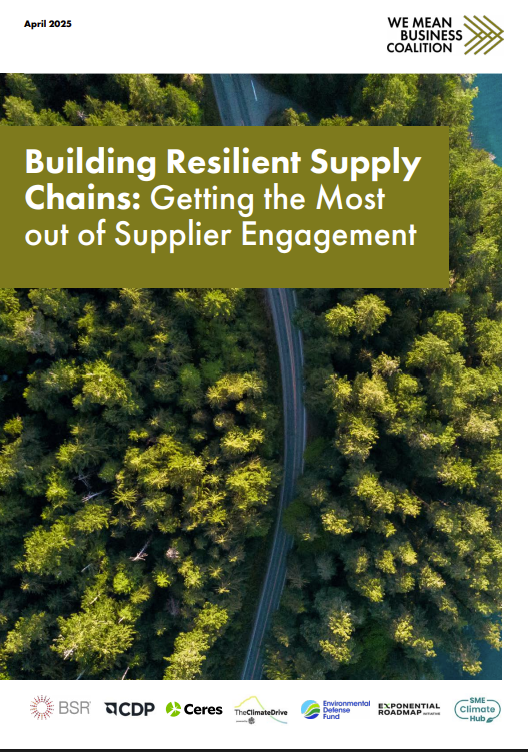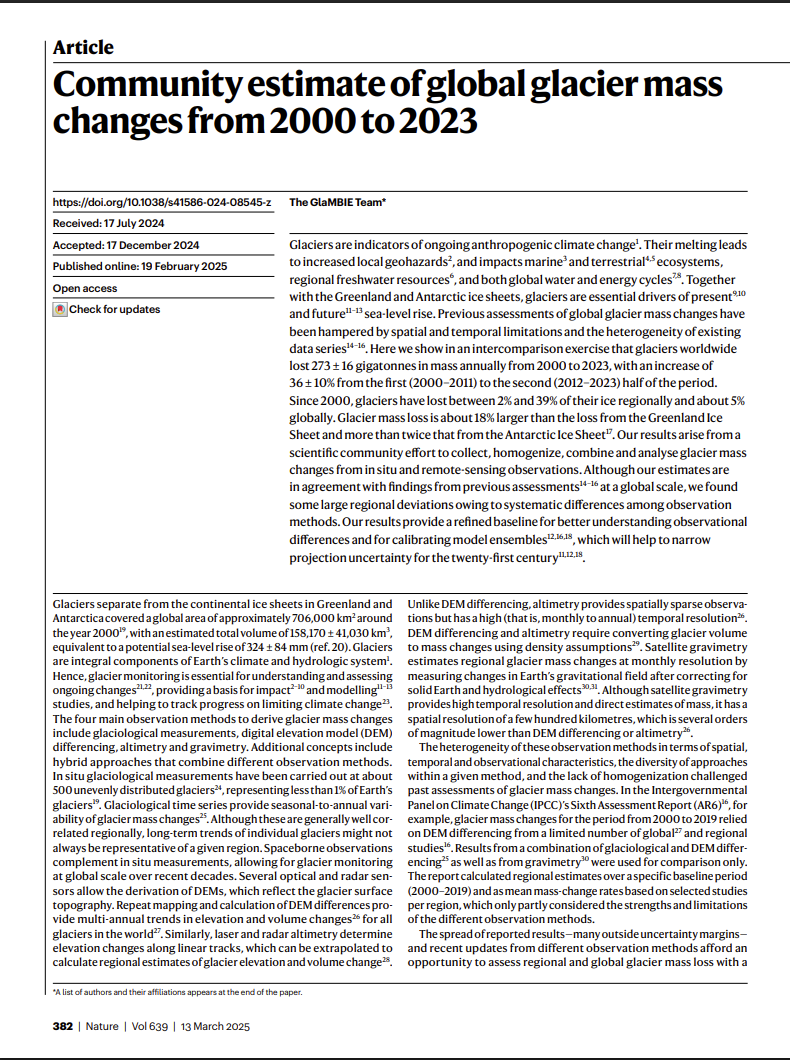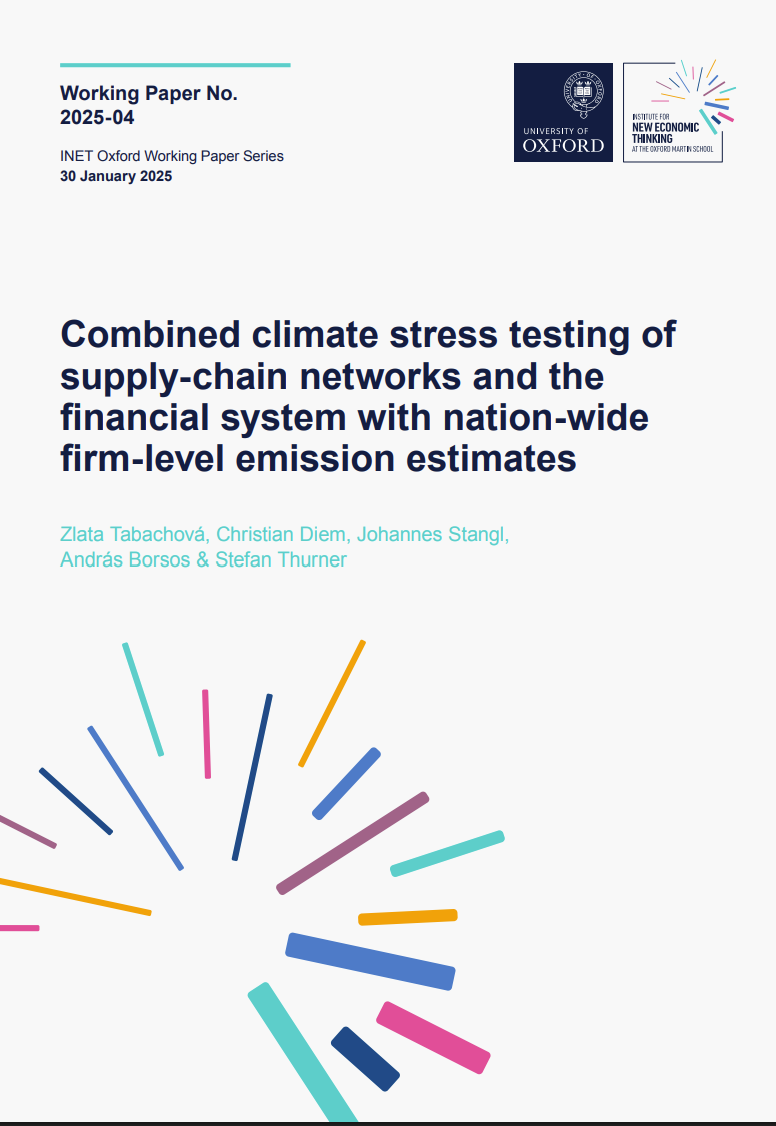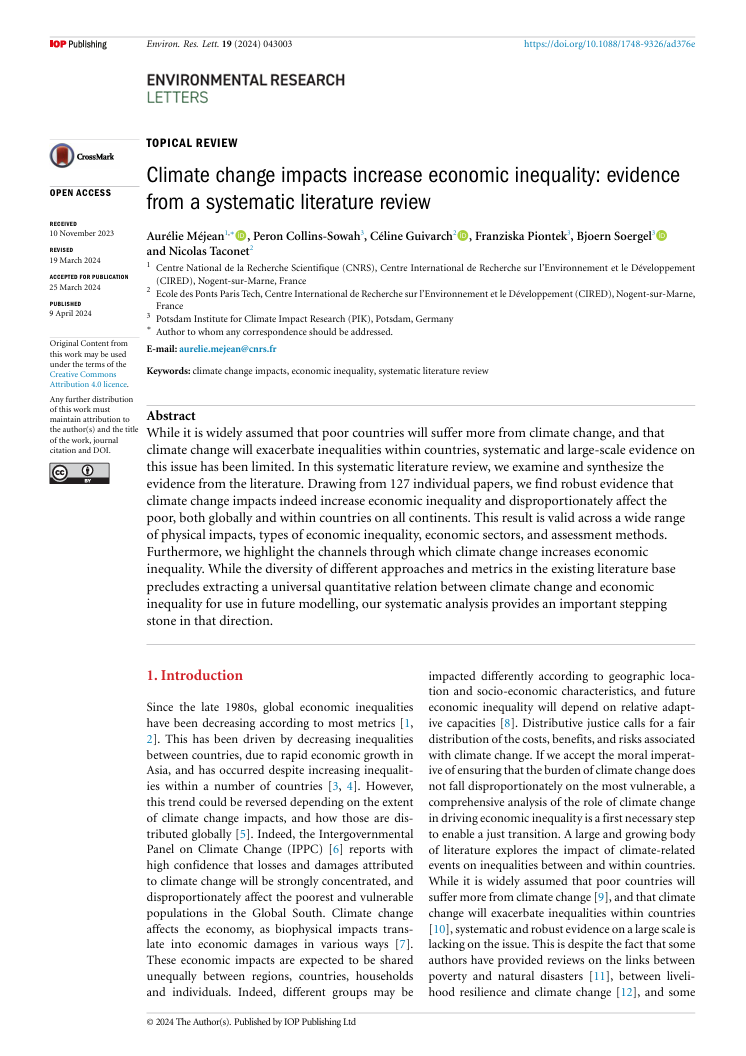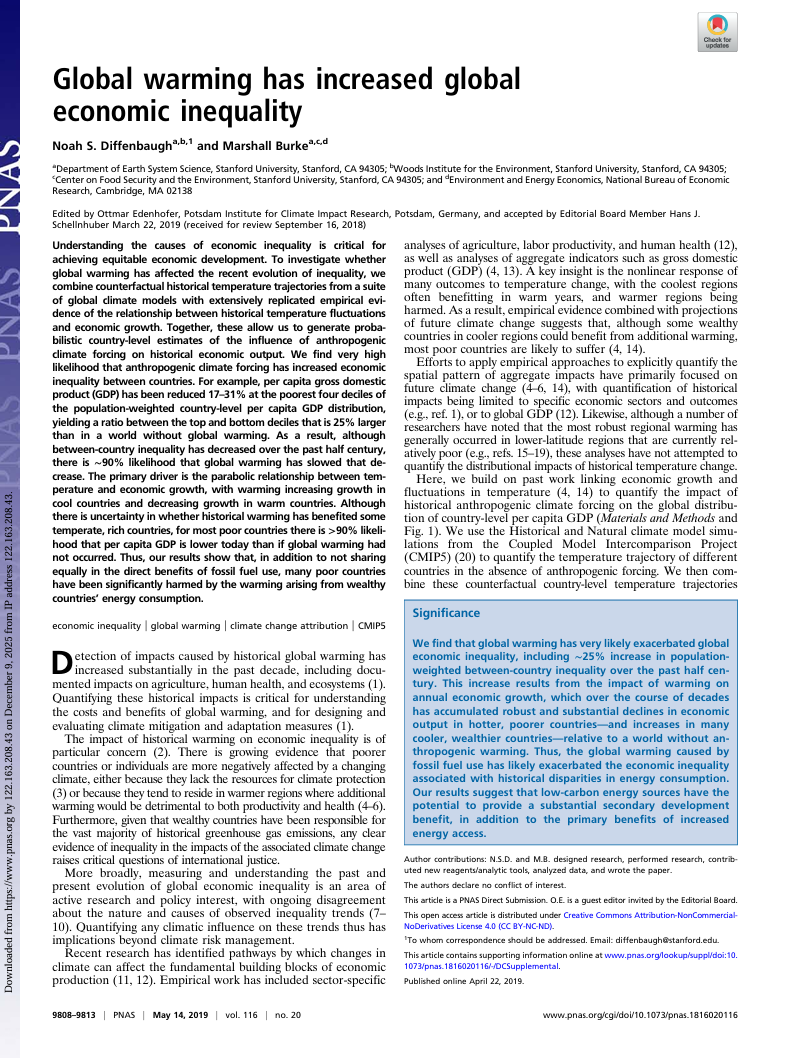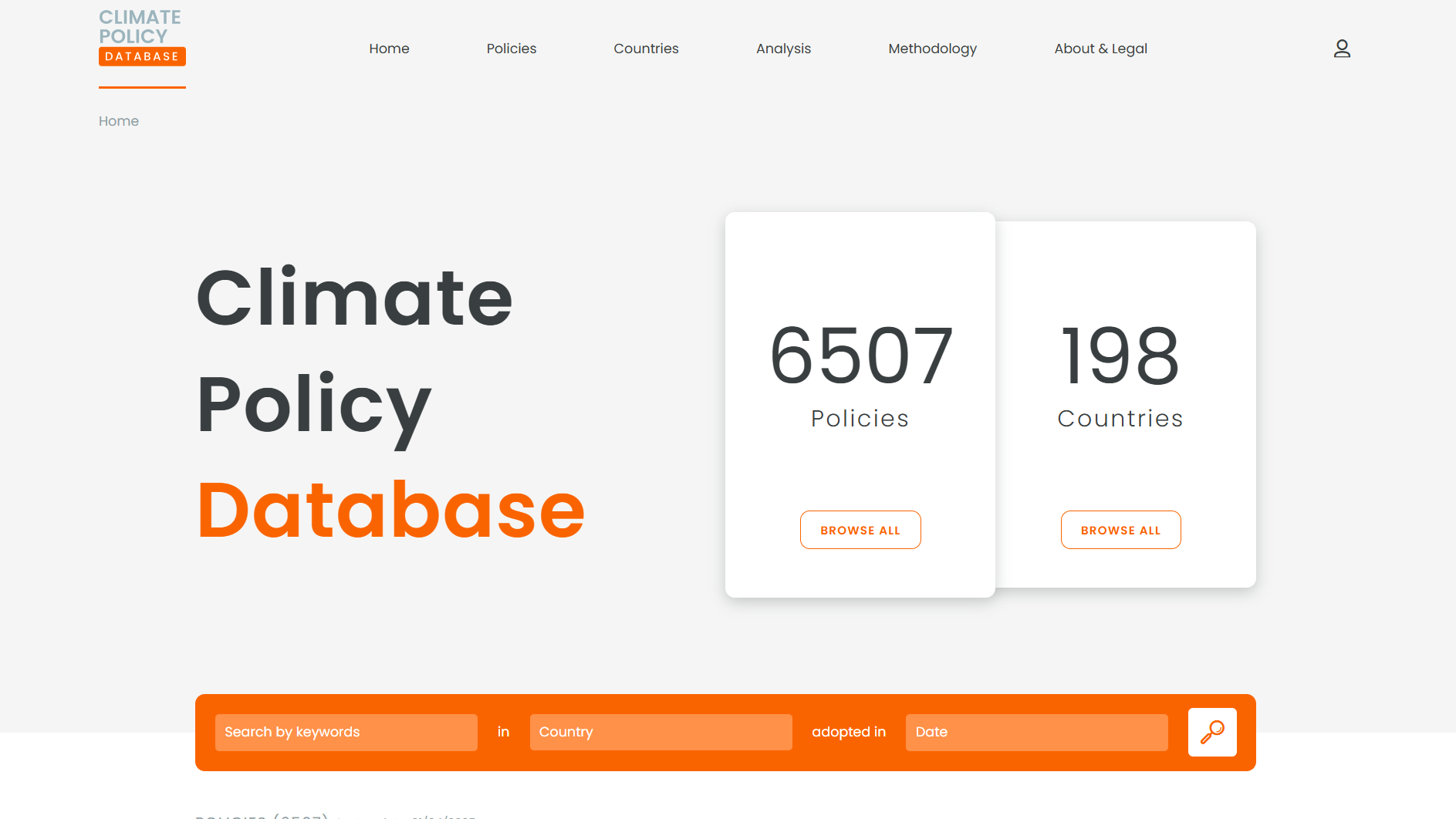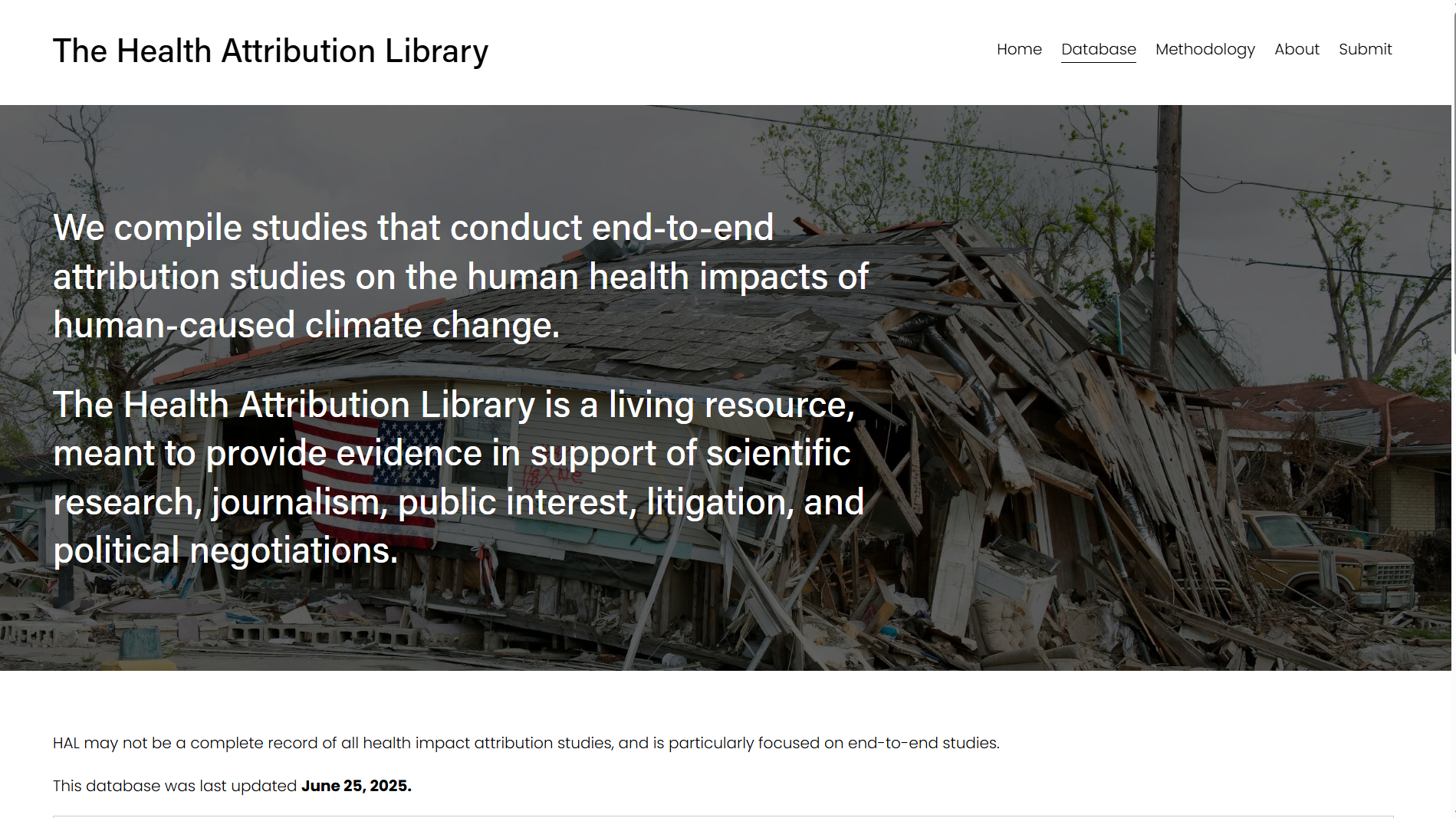Library | SDGs
GOAL 13: Climate Action
Refine
496 results
REFINE
SHOW: 16


Building resilient supply chains: Getting the most out of supplier engagement
The report outlines how climate-related risks threaten supply chains and presents seven practical steps to strengthen resilience through supplier engagement. It stresses clear objectives, data use, prioritisation, incentives and cross-functional collaboration to drive emissions reduction, improve transparency and align procurement with long-term sustainability and risk-management goals.
SME Climate Hub
SME Climate Hub is a non-profit global initiative empowering small and medium-sized enterprises (SMEs) to take climate action, halve emissions by 2030 and achieve net zero by 2050. It offers free tools, resources and a recognised climate commitment framework to help SMEs measure, reduce and report their carbon emissions.
Exponential Roadmap Initiative
Exponential Roadmap Initiative (ERI) is a global, mission-driven organisation accelerating science-aligned climate action. It works with companies, investors and partners to scale climate solutions, assess climate performance, and support pathways to halve global greenhouse gas emissions by 2030 through practical frameworks and collaborative initiatives across business, finance and policy contexts.
Green finance was supposed to contribute solutions to climate change. So far, it’s fallen well short
The article argues that while climate disclosure and green finance initiatives have expanded since Mark Carney’s “tragedy of the horizon” speech, they have failed to shift capital at the scale required to address climate and nature risks. It contends that deeper structural reforms to financial valuation, incentives and capital allocation are needed to move beyond managing symptoms toward financing real-world solutions.
Sustainable Finance Roundup December 2025: Nature, Regulation, and the Hardening of Risk
This month’s sustainable finance roundup traces the shift from ambition to enforcement, as climate and nature risks become financial, regulatory and legal realities. It covers Australia’s environmental law reforms, the embedding of climate and nature risk through prudential supervision, disclosure and shareholder pressure, and insurer warnings on the limits of insurability. It also highlights how markets are responding to deforestation and biodiversity risk, and how litigation and regulation are reshaping governance and long-term financial resilience.
Community estimate of global glacier mass changes from 2000 to 2023
This report analyses global glacier mass changes from 2000 to 2023. It identifies an annual loss of 273 gigatonnes, which accelerated by 36% in the period's latter half. Globally, glaciers shed approximately 5% of their volume, significantly exceeding losses from the Greenland and Antarctic ice sheets.
Combined climate stress testing of supply-chain networks and the financial system with nation-wide firm-level emission estimates
This study utilises comprehensive Hungarian firm-level data to stress-test the economy and banking system against carbon pricing shocks. While direct impacts at €45/t appear minimal, supply chain contagion significantly amplifies losses, potentially by 4000% if essential inputs cannot be substituted. This highlights critical risks in systemic supply network dependencies.
Climate change impacts increase economic inequality: Evidence from a systematic literature review
This systematic review of 127 studies finds consistent evidence that climate change worsens economic inequality, disproportionately affecting poorer countries and households. Impacts arise across sectors and regions via channels such as reduced labour productivity and agricultural losses, with strong agreement that effects are regressive.
Global warming has increased global economic inequality
The report assesses historical warming’s effects on national income by combining climate model counterfactuals with temperature–growth estimates. It finds warming has likely reduced GDP in warmer, lower-income countries and moderately benefited some cooler, higher-income economies, contributing to increased between-country economic inequality since 1961.
The Other Half of the Transition: Why Livestock Deserves as Much Attention as Energy
This article highlights the major climate impact of livestock and explains why the absence of clear roadmaps, metrics, and financing strategies has left the sector far behind the energy transition. It proposes policy reforms, mitigation hierarchies, and justice-centered pathways to unlock effective and equitable change.
Institute for Sustainable Finance (ISF)
Institute for Sustainable Finance (ISF) at Smith School of Business, Queen’s University, is Canada’s first multi-disciplinary hub aligning finance with environmental sustainability. It conducts research, publishes policy guidance, and runs education and collaboration programmes to help policymakers, investors, and firms integrate climate risk, nature, and ESG considerations into capital allocation and regulation.
Conservation International (CI)
Conservation International (CI) is a global non-profit that champions nature conservation to benefit both biodiversity and human societies. It uses science, fieldwork, policy and finance to protect critical land and marine ecosystems. Since 1987, CI has helped safeguard 13 million km² of land and sea across more than 70 countries.
BirdLife International
BirdLife International, a global partnership of over 120 bird and nature conservation organisations, works worldwide to conserve bird species, protect vital habitats, and sustain biodiversity. Through science-based research, habitat protection and community engagement, BirdLife helps prevent species extinction and supports ecosystem health across continents.
International Union for Conservation of Nature (IUCN)
International Union for Conservation of Nature (IUCN) is a global membership Union—comprising governments, NGOs and civil-society organisations—that works to conserve biodiversity and promote sustainable use of natural resources. Founded in 1948, IUCN mobilises a network of over 1,400 Member organisations and around 16,000 experts worldwide. IUCN monitors species and ecosystems, develops data-driven policy guidance, and supports conservation and restoration projects across lands, oceans, freshwater systems and climate-sensitive regions.
Climate Policy Database
The Climate Policy Database (CPDB) is an open, collaborative resource that compiles detailed information on climate-change mitigation policies worldwide. It categorises and tracks over 6,500 policies across nearly 200 countries, enabling comparison of policy adoption, identification of mitigation gaps, and support for climate-policy analysis.
The (climate) Health Attribution Library
The Health Attribution Library is a curated “living” database compiling peer-reviewed studies that quantify human-health impacts of anthropogenic climate change through end-to-end detection and attribution analysis.
